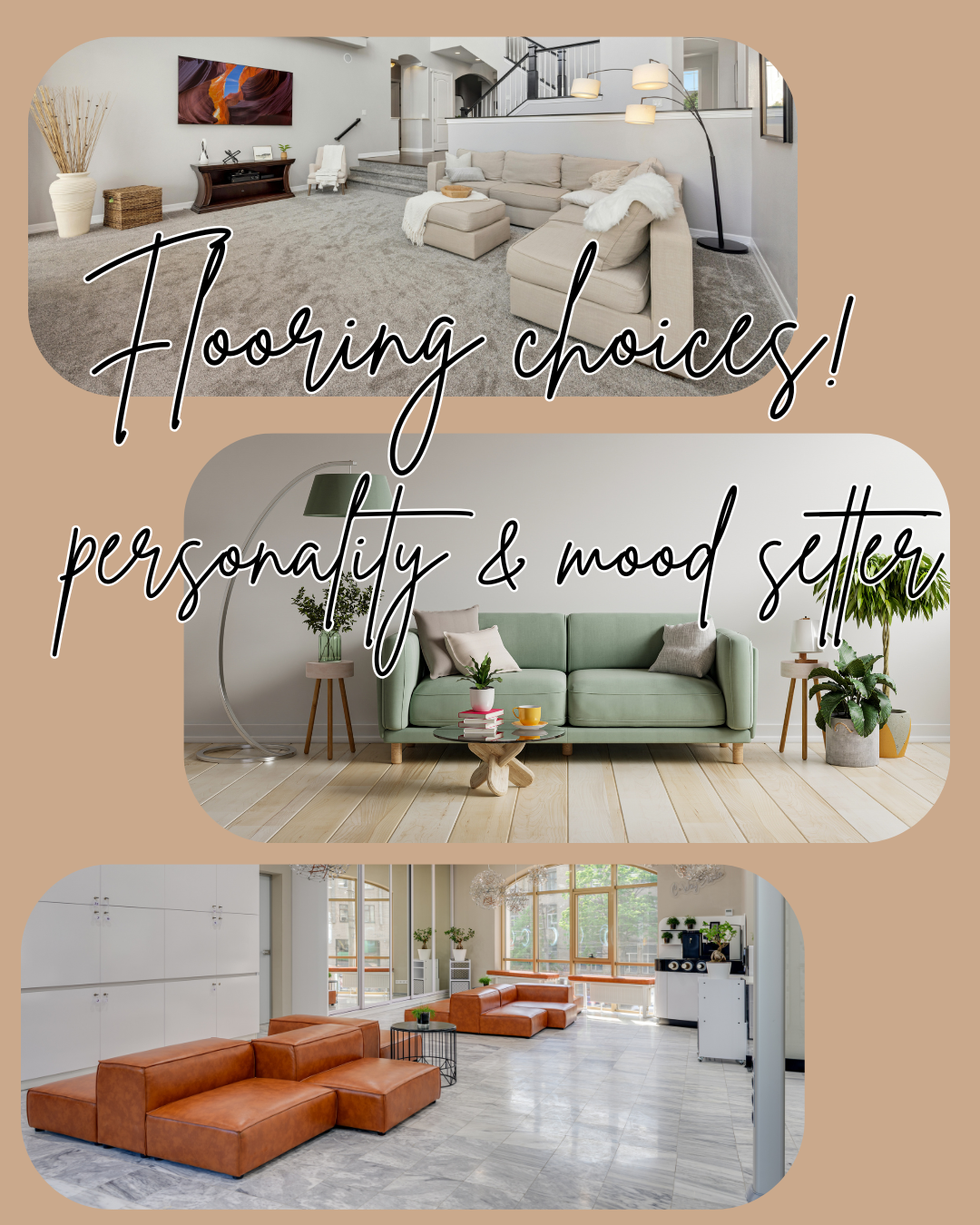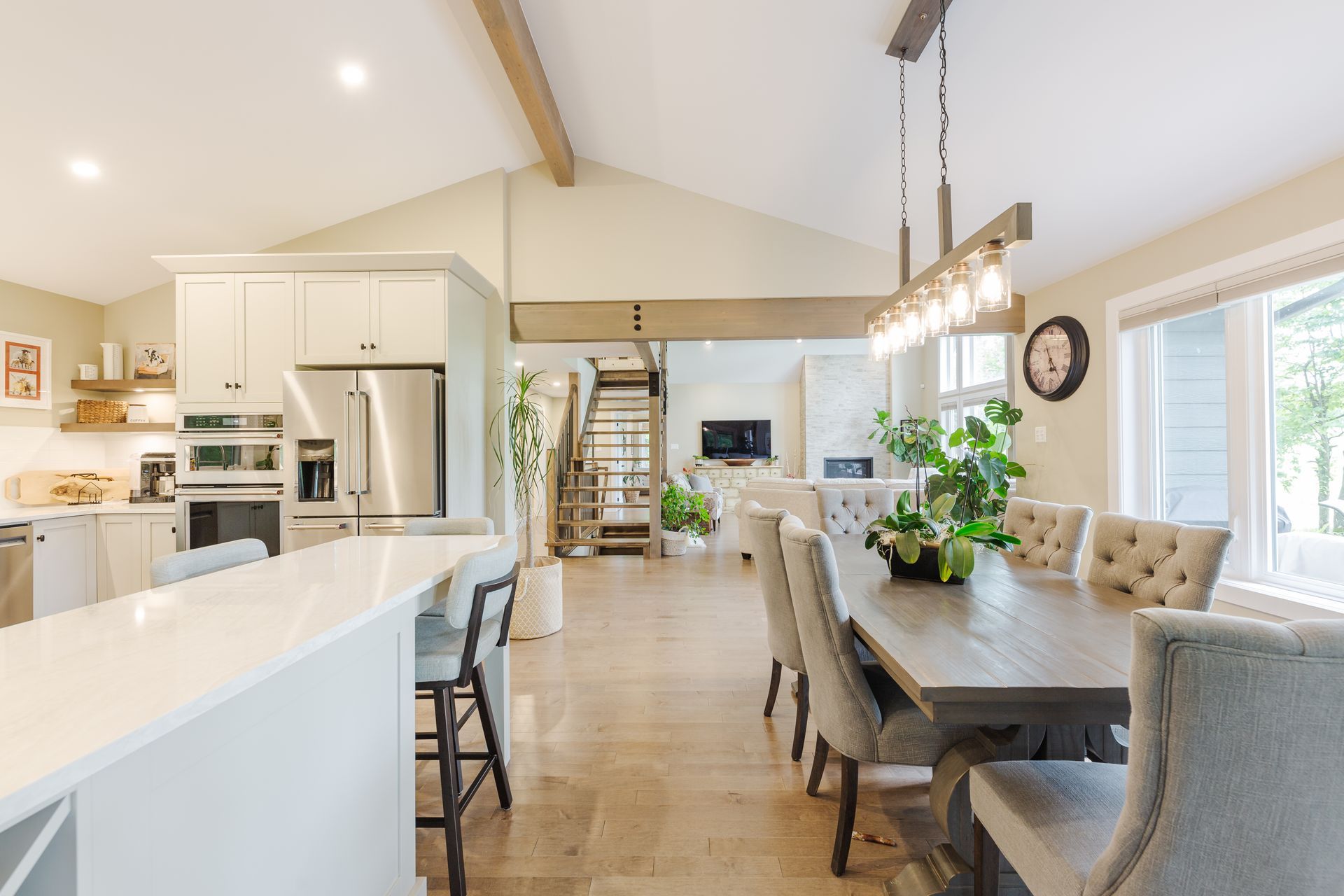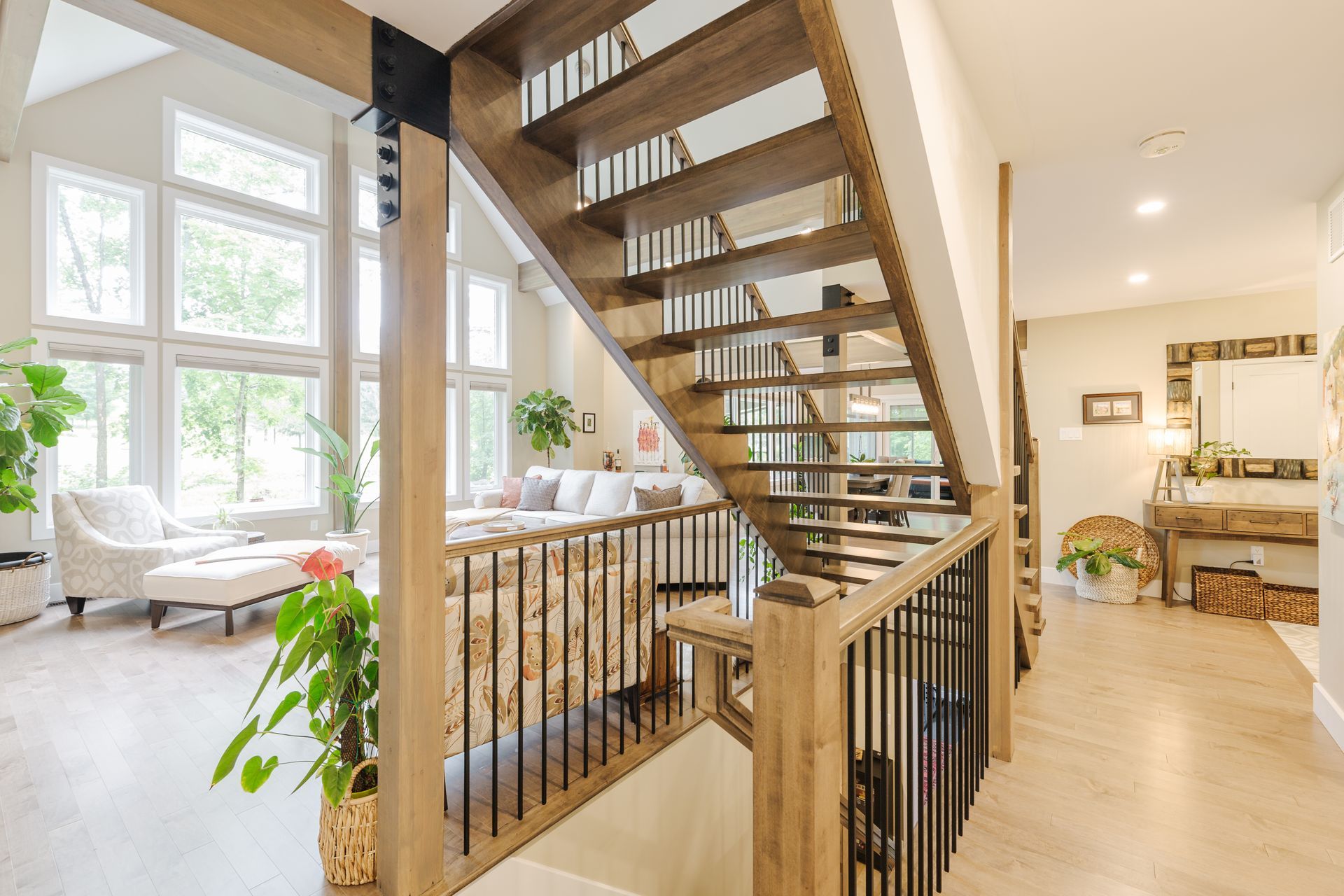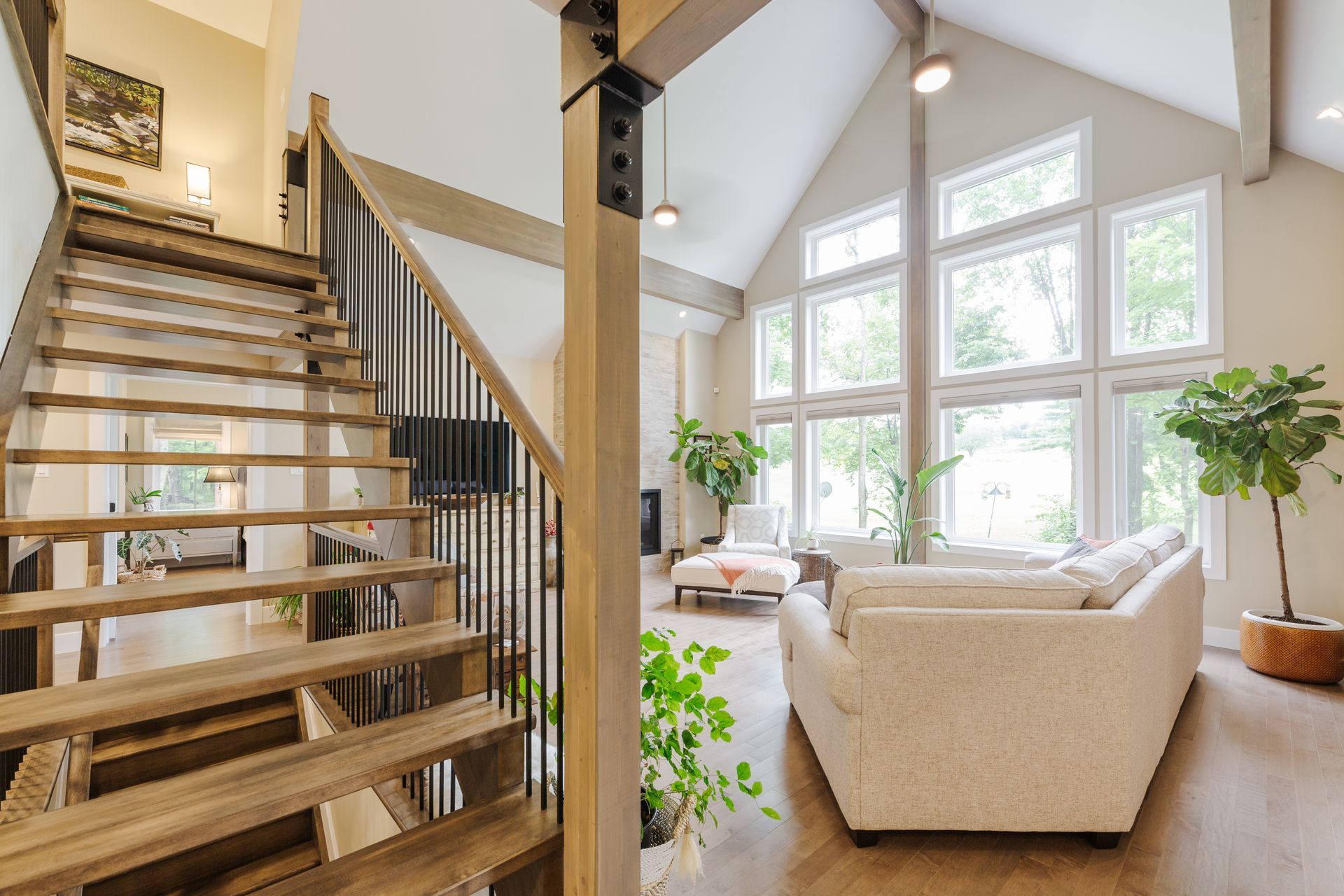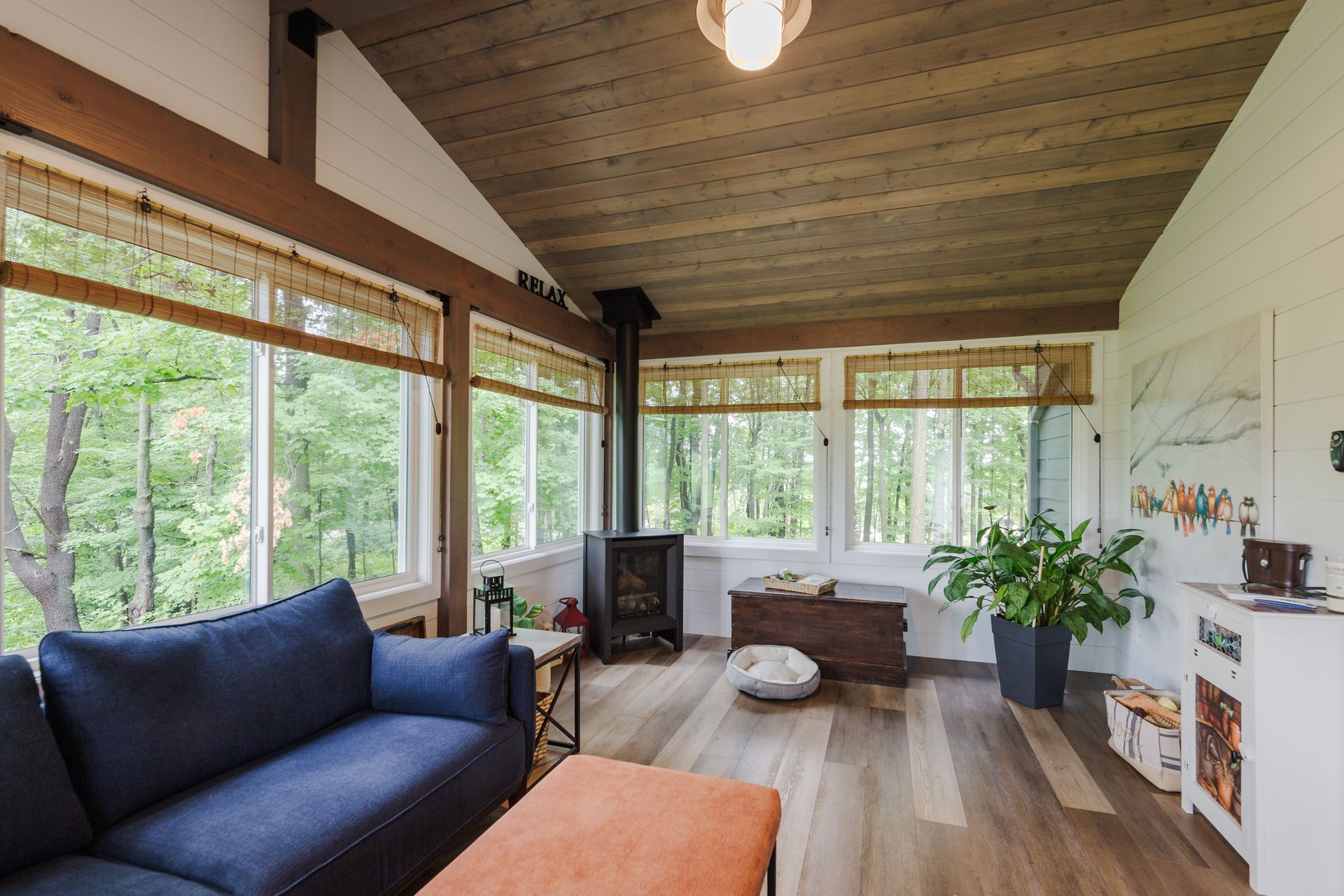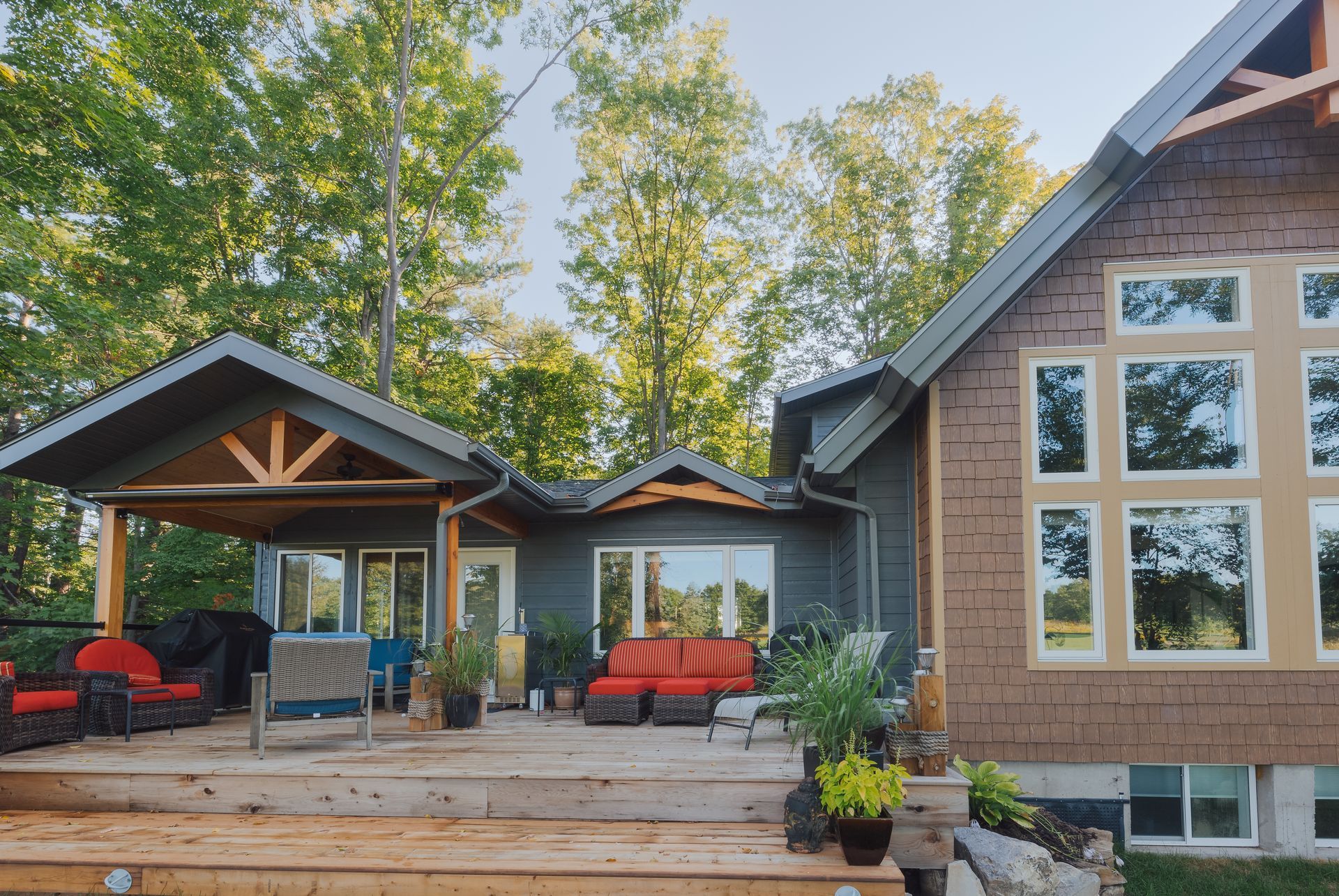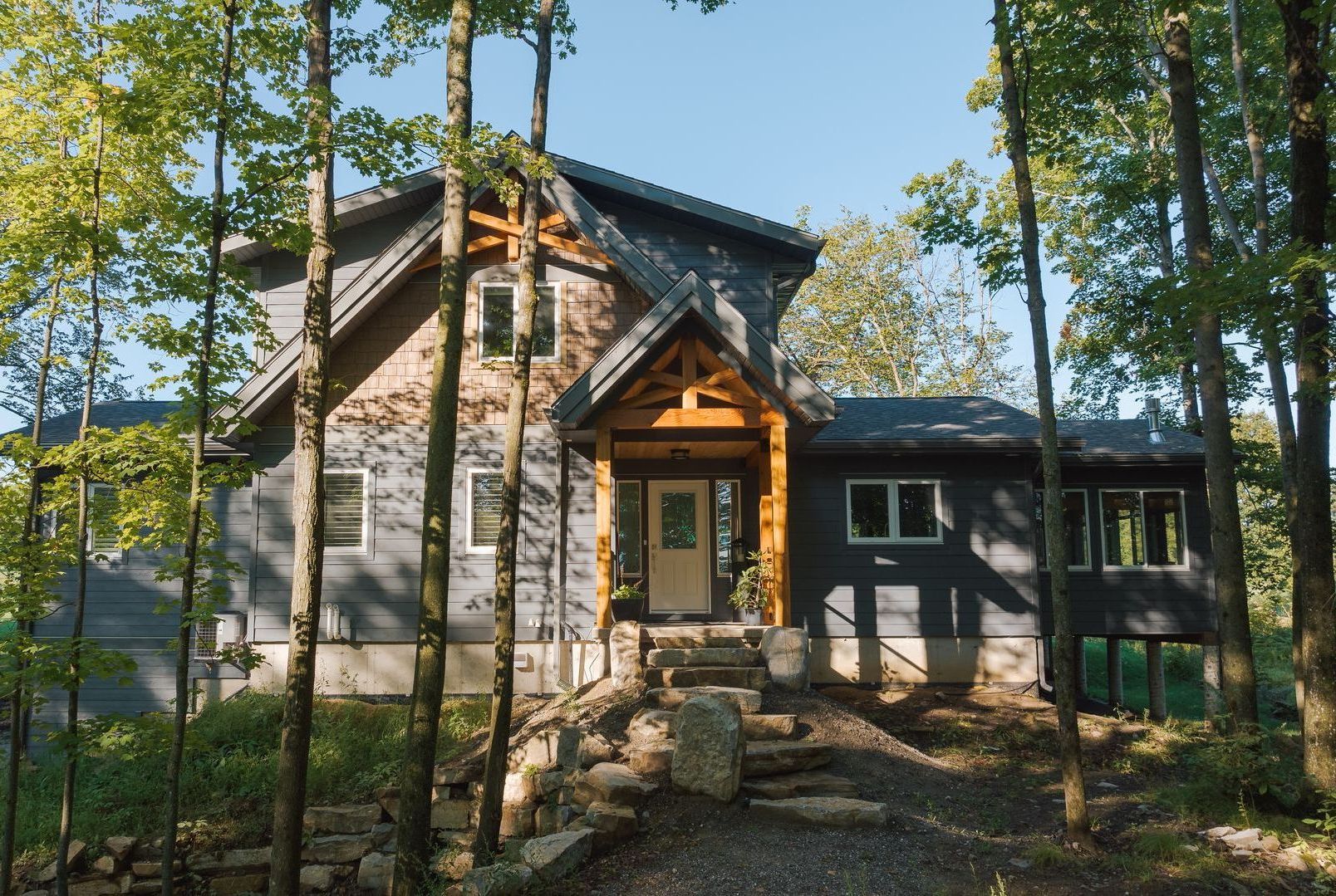Start Somewhere, End Up Somewhere Beautiful!
One of the most common things I hear from clients is, “I don’t know where to start.” Whether you’re planning a full home renovation or simply want to refresh a single room, beginning the design process can feel overwhelming. There are countless choices to make, colors, textures, layouts, furniture and the pressure to “get it right” can be paralyzing.
But here’s the good news: you don’t need to have it all figured out before you begin. You just need to start somewhere, and with the right approach, you’ll end up somewhere truly beautiful.
Progress Over Perfection
Interior design is a journey. Even the most stunning spaces evolve over time, layer by layer. What matters most at the beginning is identifying a direction. That might mean starting with a piece you love, a painting, a rug, a family heirloom and building from there. Or perhaps it’s about solving a specific challenge, like improving your lighting or creating better flow in your living room.
You don’t need a grand vision on day one. You just need one decision to set things in motion.
Trust the Process
When you work with a designer, the process becomes more focused and less intimidating. I help clients clarify their goals, explore their style, and make thoughtful, confident choices that support their lifestyle. Sometimes we start with inspiration images, sometimes with function, and sometimes with mood but always with the understanding that design is personal and flexible.
The beauty of design lies in its evolution. As we refine each layer from flooring and paint to lighting and accessories a once-vague idea becomes a cohesive, inviting space.
Embrace the Unexpected
One of the joys of starting somewhere is discovering where the process takes you. You might fall in love with a wallpaper you never considered, or find the perfect vintage piece at just the right time. The most memorable spaces often have an element of surprise and those moments don’t come from rigid plans, but from staying open to the process.
Designing a space is about more than creating a pretty room, it’s about telling your story, solving your challenges, and creating a place that feels uniquely yours.
Your Beautiful Ending Starts Today
If you’ve been waiting for the “perfect” time to begin, let this be your sign. You don’t need all the answers to take the first step. Whether it’s a paint swatch, a Pinterest board, or a call to your favorite designer … just start.
Because when you do, you set yourself on the path to something beautiful.
Let’s take that first step together.
Ready to begin your design journey? Let’s chat about where you are now … and where you’d like to go.

